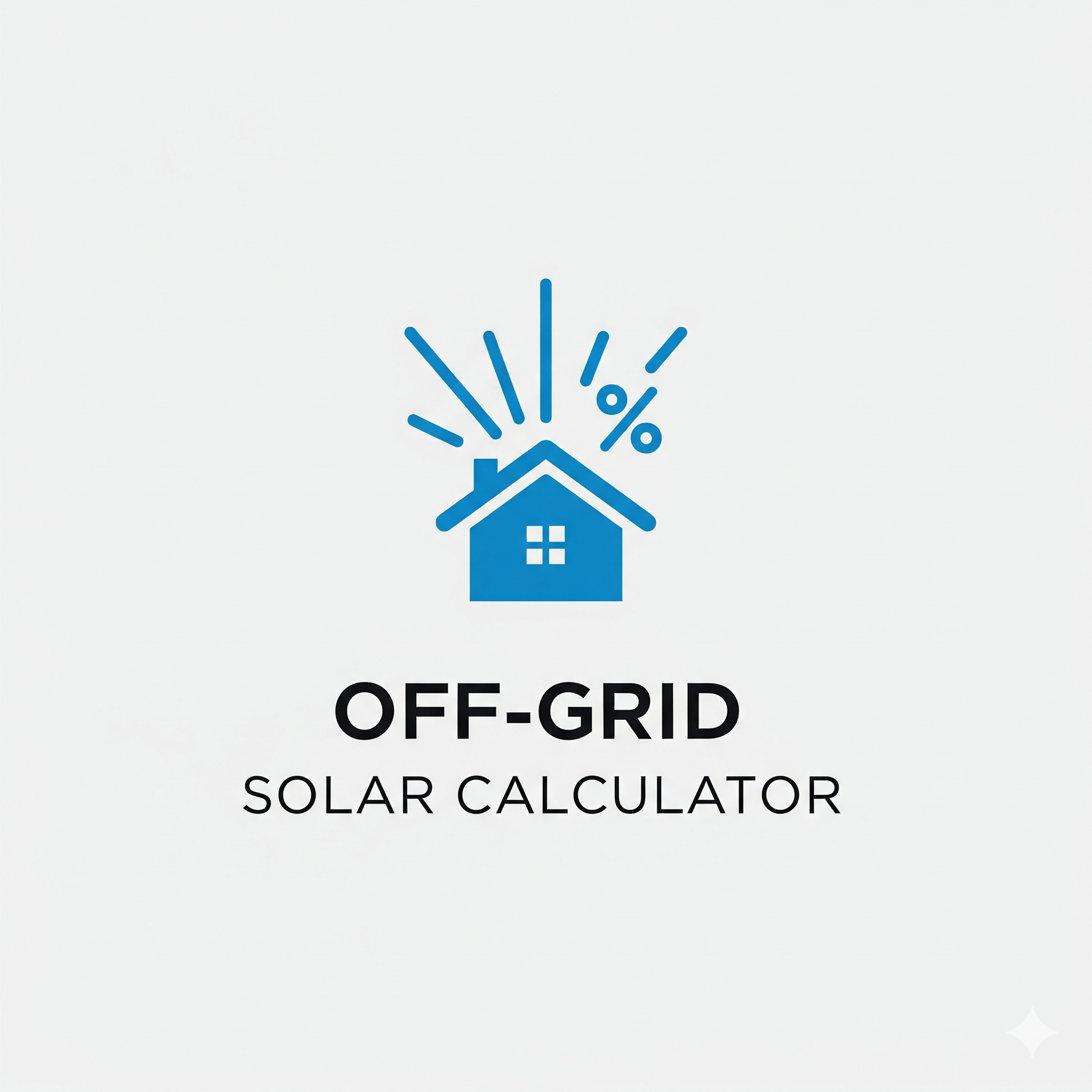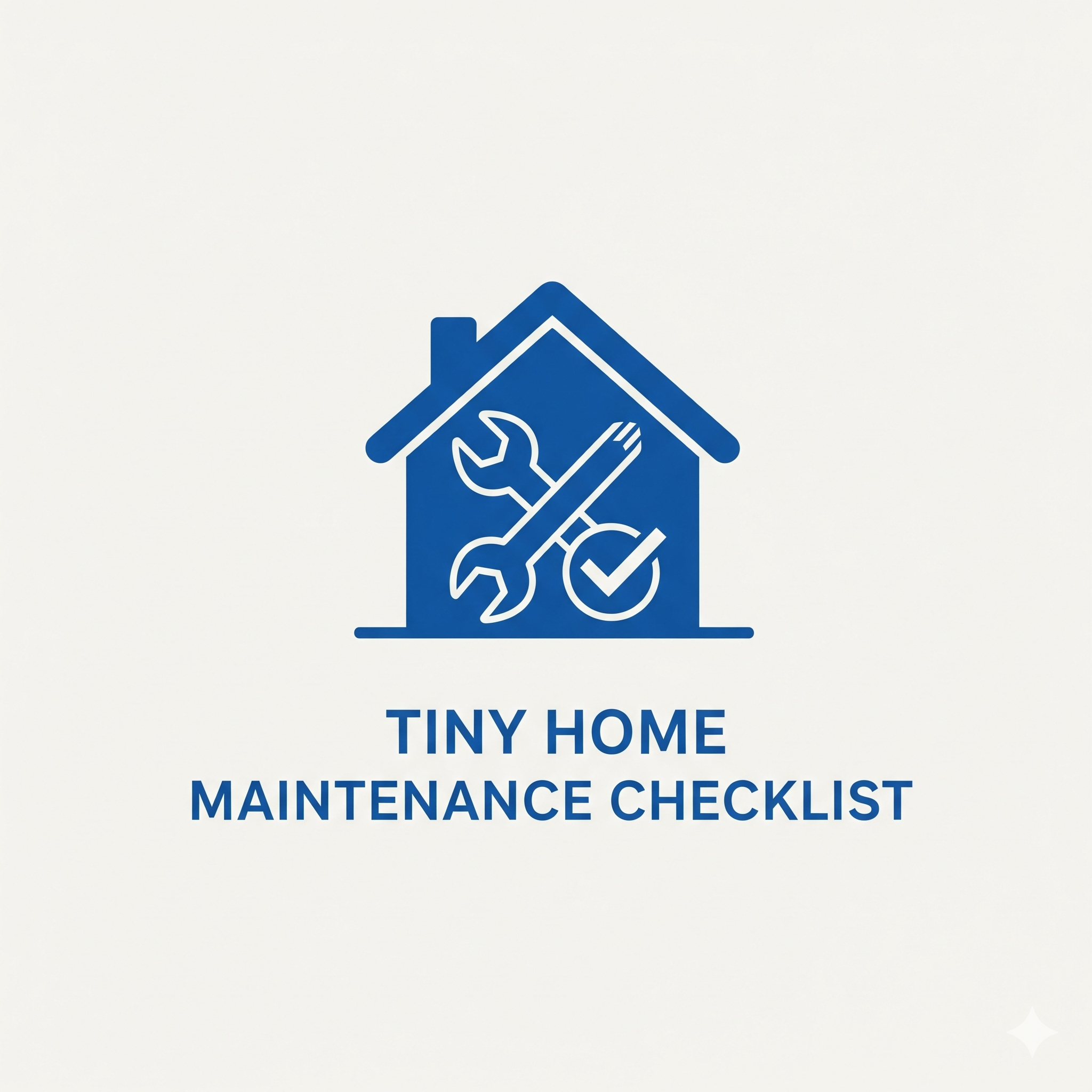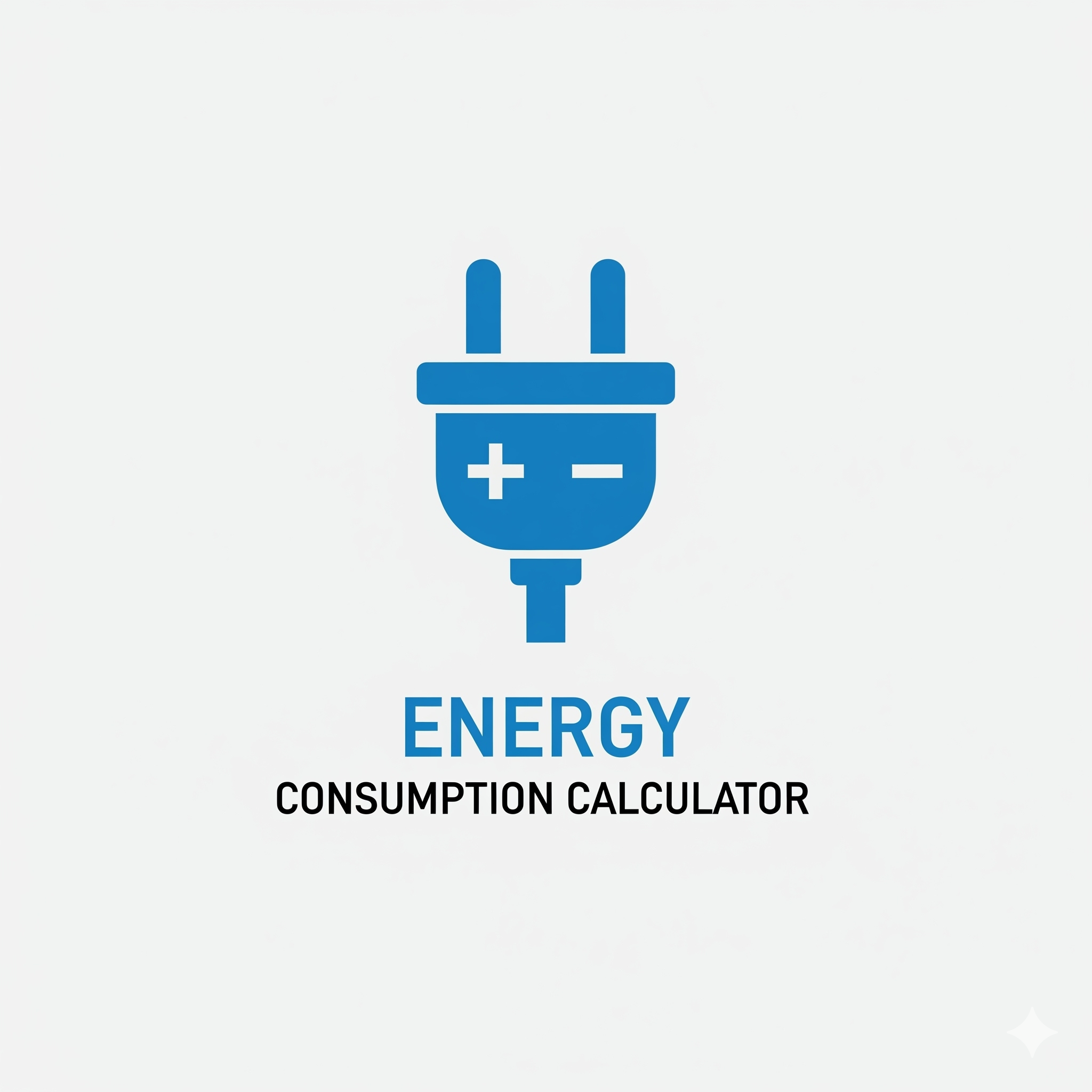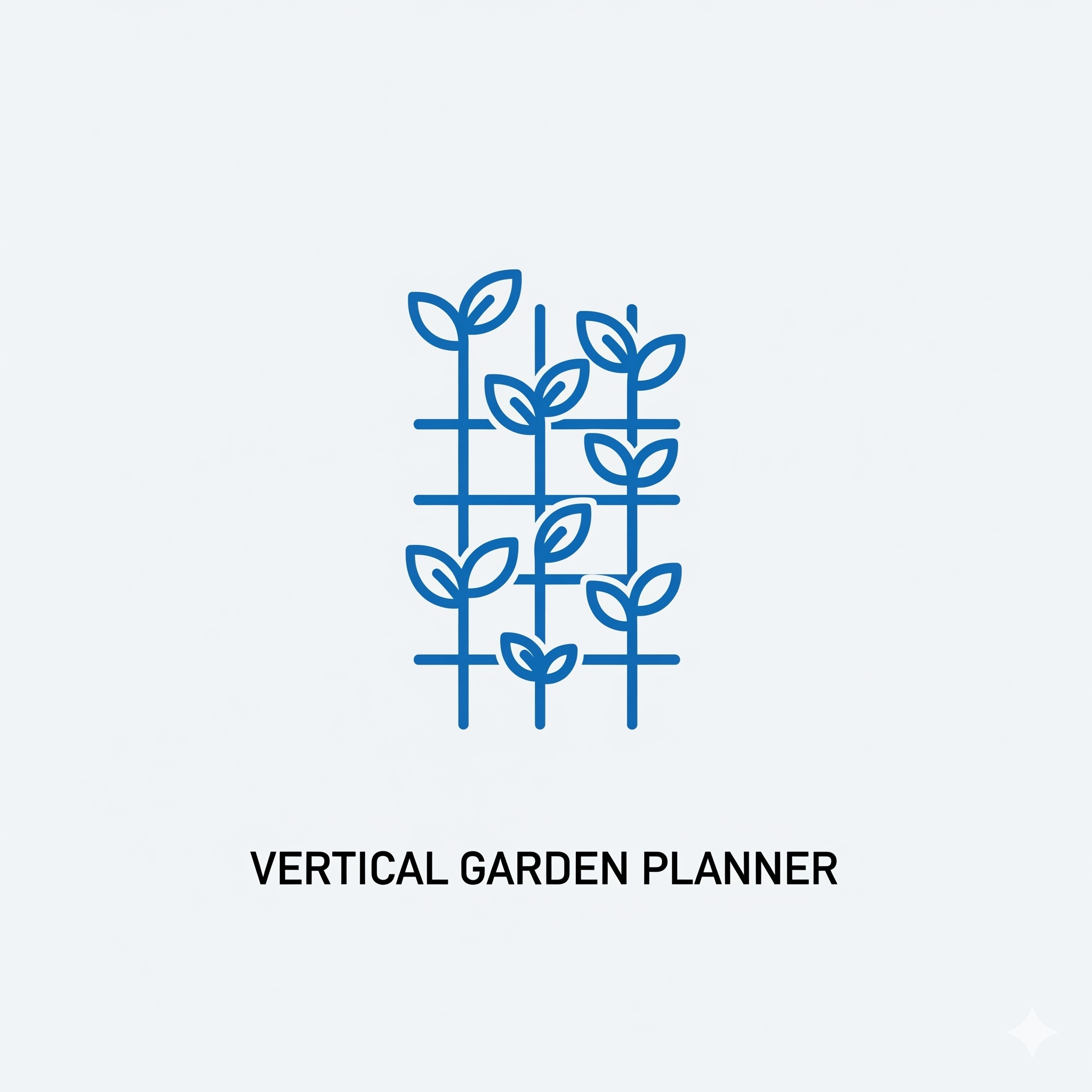Off-Grid Solar Calculator System
Our free Off-Grid Solar Calculator helps you estimate the solar panel and battery bank size you’ll need. Determine your tiny home’s solar viability with this simple tool.
Off-Grid Solar System Calculator
Get a simplified, ballpark estimate for the solar panel array and battery bank you’ll need to take your tiny home off-grid.
1. Your Energy Needs
2. Your Location
Your Estimated System Size
Your results will appear here.
How to use this tool: First, use our Energy Consumption Calculator to find your “Daily Energy Usage (kWh)”. Enter that number here. Next, decide how many days of backup power you want (autonomy), and find the average “Peak Sun Hours” for your location in the winter. Click “Calculate” to get a ballpark estimate for your solar panels and battery bank.
The Off-Grid Solar Calculator: Your First Step to Energy Independence
The dream of going off-grid is the pinnacle of the tiny living ethos. It represents true freedom, self-sufficiency, and a deep connection with a sustainable lifestyle. But between the dream and the reality lies a world of complex calculations and technical jargon. As a tiny house builder at Neat Tiny Home, I’ve seen many aspiring off-gridders get bogged down by the question, “How much solar do I actually need?” To bridge this gap, I created this **Off-Grid Solar Calculator**. It’s a simplified tool designed to give you a realistic, data-driven starting point. It takes your unique energy needs and translates them into the two most important components of your system: the size of your solar panel array and the capacity of your battery bank.
This calculator is your feasibility study. It’s the tool that tells you if your energy goals are realistic for your budget and lifestyle. Before you spend a single dollar on a panel or a battery, this **Off-Grid Solar Calculator** will provide a ballpark estimate that empowers you to have intelligent conversations with suppliers, compare pre-made solar kits, and begin the exciting journey of designing your own personal power plant. This is where the dream of energy independence starts to look like a real, achievable plan.
The Holy Trinity of an Off-Grid System
A basic off-grid solar system is made up of three core components, and our calculator helps you size the two most expensive and critical parts. Understanding their roles is key:
- 1. Solar Panels (The “Generator”): This is your power source. The panels convert sunlight into DC (Direct Current) electricity. The total wattage of your panels (your “solar array”) determines how much power you can generate on a sunny day. Our calculator estimates the array size you need to fully recharge your batteries and power your home.
- 2. Battery Bank (The “Gas Tank”): This is your energy storage. You can’t use all your power the moment it’s generated. The battery bank stores the excess energy created during the day so you can use it at night or on cloudy days. Its capacity is measured in Amp Hours (Ah).
- 3. Charge Controller & Inverter (The “Brains”): The charge controller protects your batteries from overcharging. The inverter is a crucial device that converts the DC power from your batteries into the AC (Alternating Current) power that most standard household appliances use. While our calculator doesn’t size these, they are essential parts of the complete system.
Lead-Acid vs. Lithium: The Great Battery Debate
Our calculator gives you an estimate for both traditional lead-acid/AGM batteries and modern Lithium Iron Phosphate (LiFePO4) batteries. For a tiny home, the choice is clear, but it’s important to understand why.
| Battery Type | Key Characteristics | Why It Matters for a Tiny Home |
|---|---|---|
| Lead-Acid / AGM | Lower upfront cost. Heavy. You can only use about 50% of its rated capacity (depth of discharge) without damaging it. Shorter lifespan (3-5 years). | The weight is a major disadvantage for a THOW. The low depth of discharge means you have to buy a much larger, heavier bank to get the same usable energy. |
| Lithium (LiFePO4) | Higher upfront cost. Much lighter. You can use 80-90% of its capacity. Very long lifespan (10+ years). More efficient. | **This is the highly recommended choice.** The weight savings are critical, and the long lifespan and high usable capacity make it a much better long-term investment, despite the higher initial cost. |
What Are “Peak Sun Hours” and How Do I Find Mine?
This is the most critical local variable in your calculation. A “peak sun hour” is an hour during which the intensity of the sun’s radiation averages 1,000 watts per square meter. The number of peak sun hours you get per day varies dramatically based on your geographic location and the time of year. For an off-grid system, you **must always plan for the worst-case scenario**, which is the average number of sun hours you receive in the dead of winter. This ensures your system can keep up when the days are shortest. A great resource for finding this data is the Global Solar Atlas, which provides detailed solar data for locations all around the world.
Beyond the Calculator: Next Steps in Your Solar Journey
This calculator provides a fantastic starting point. Once you have your ballpark numbers, your next steps are:
- Get a Professional Consultation: Share your results with a reputable solar supplier or installer (like altE Store or others). They can refine your plan, help you select the right charge controller and inverter, and provide a detailed wiring diagram.
- Consider a Solar Kit: Many companies offer pre-designed solar kits for RVs and tiny homes. You can compare your calculated needs to the specifications of these kits to see if one is a good fit for you. –
- Continue Your Education: The world of off-grid solar is deep and fascinating. Immerse yourself in the resources from DIY solar communities and educational websites to fully understand how your system works.
Living off-grid is the ultimate expression of freedom and self-reliance. It’s a journey that requires careful planning and a solid understanding of your own consumption. Let this tool be your first, confident step on that exciting path.
After seeing the estimated size of the system you would need, does the off-grid lifestyle seem more or less achievable to you? Share your thoughts in the comments!
Frequently Asked Questions (FAQ)
- Why do we plan the system based on winter sun hours?
Because that’s your weakest link. A system that can meet your needs in December when the days are short and the sun is low will have no problem producing an abundance of power in June. If you plan for summer, your system will almost certainly fail you in the winter.
– - What is “Days of Autonomy”?
This is how many days your fully-charged battery bank can power your home with *zero* input from the sun. It’s your backup for a string of cloudy or stormy days. Two to three days is a common and safe choice for most climates. - Can I add more panels or batteries later?
Yes! It’s wise to buy a charge controller that can handle a larger solar array than you initially install. This makes it much easier to add more panels in the future as your budget allows or your needs grow. Adding batteries to a lithium bank is also straightforward, whereas adding new batteries to an old lead-acid bank is generally not recommended.
– - Is a solar system difficult to maintain?
Solar systems are surprisingly low-maintenance. The main task is simply keeping your solar panels clean from dust, pollen, and snow, as this can significantly impact their efficiency. You should also periodically check that all your wiring connections are tight and secure.




Post Comment